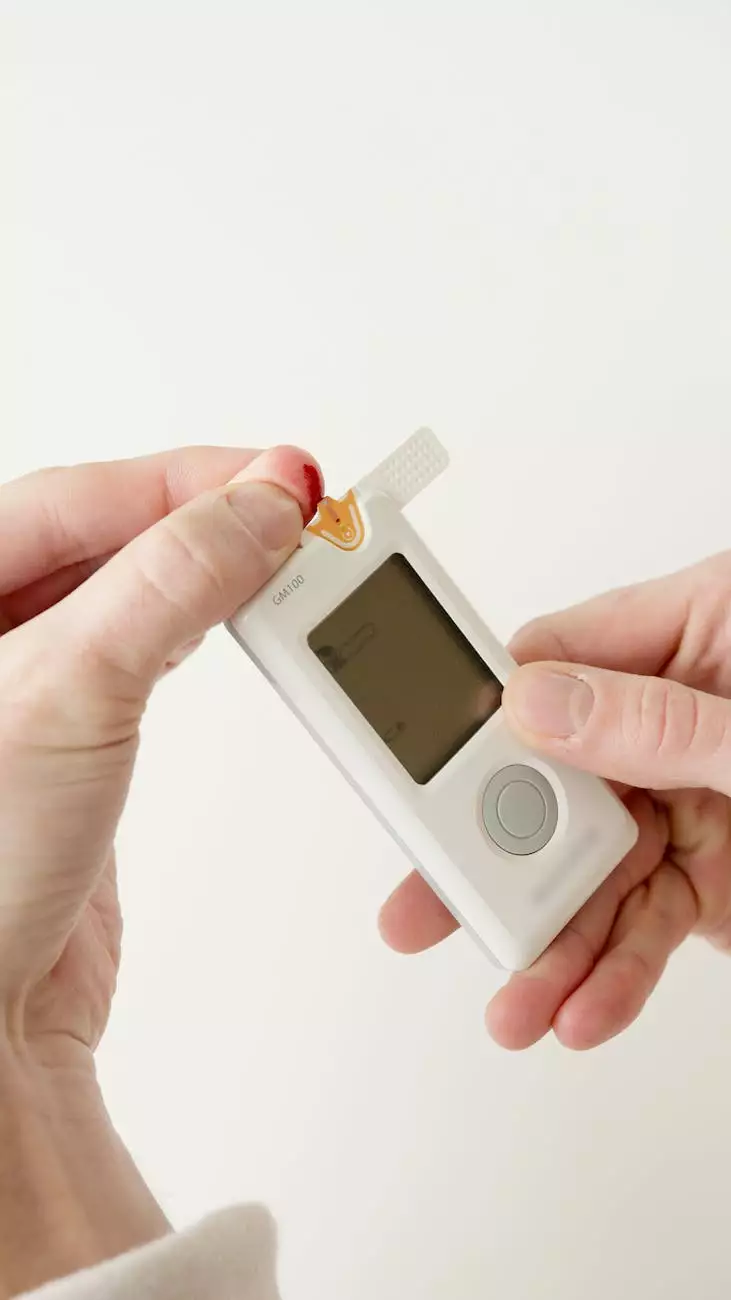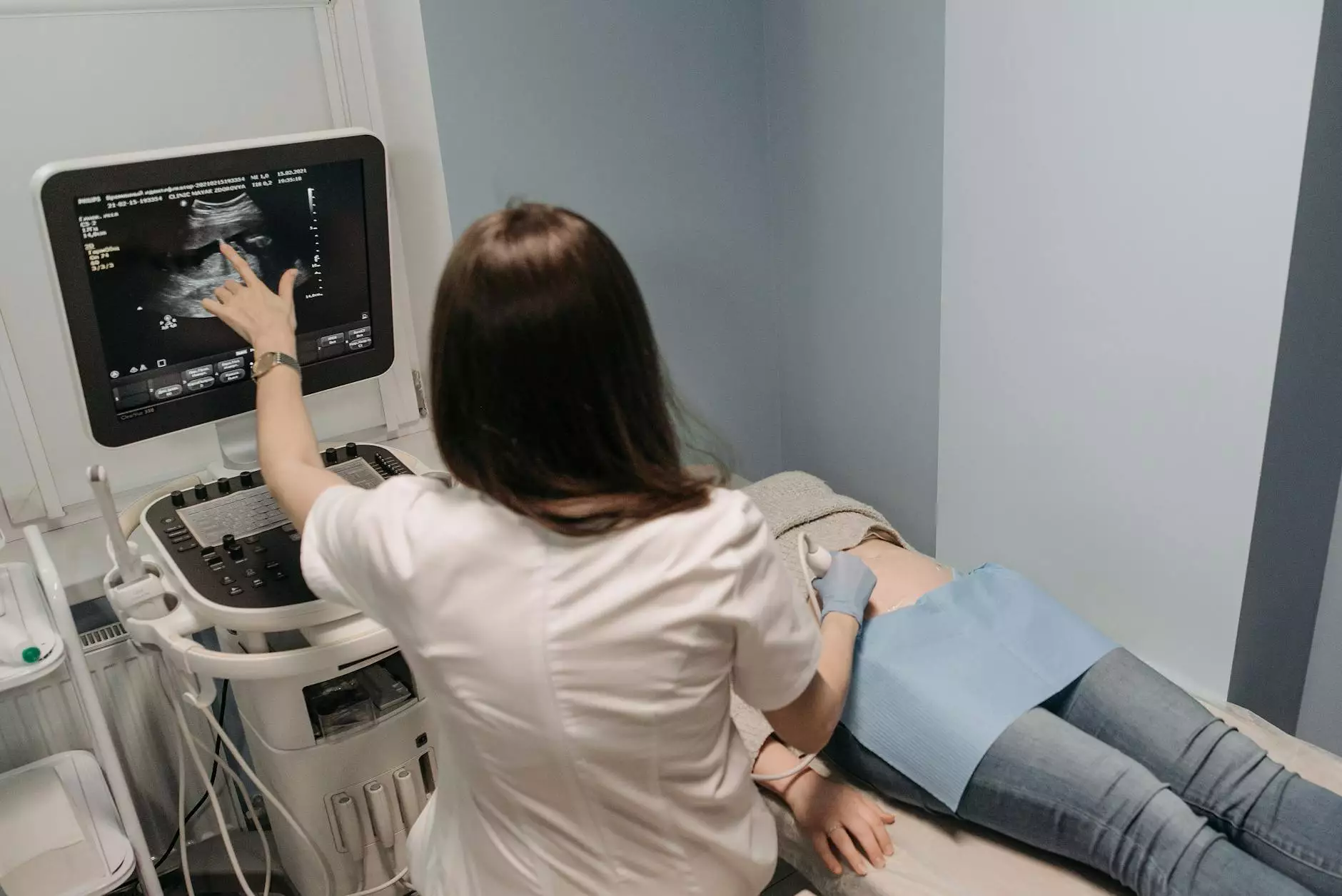Does a finger prick blood test hurt? - Norton Community Medical Associates
Health Equity
Introduction
Welcome to Norton Community Medical Associates, your trusted source for comprehensive health information. In this article, we will be discussing the topic of finger prick blood tests and exploring 7 effective ways to minimize any discomfort associated with these tests.
Understanding Finger Prick Blood Tests
Finger prick blood tests, also known as capillary blood tests, are a common diagnostic tool used to measure various health indicators such as blood glucose levels, cholesterol levels, and more. This noninvasive procedure involves pricking the fingertip with a small lancet to obtain a small sample of blood for analysis. While the process may sound intimidating, rest assured that there are ways to make it more comfortable.
7 Effective Ways to Ease the Discomfort of Finger Prick Blood Tests
1. Prepare Yourself Mentally
Mental preparation can go a long way in reducing anxiety and discomfort associated with finger prick blood tests. Remind yourself that the procedure is quick, important for your health, and temporary. Taking deep breaths and focusing on a calming thought can also help relax your mind and body.
2. Choose the Right Finger
Choosing the right finger for the blood test can make a significant difference in minimizing discomfort. Avoid using your index finger, as it tends to be more sensitive. Instead, opt for the middle or ring finger, as they have a higher pain tolerance due to thicker skin.
3. Warm Up Your Finger
Before performing the finger prick test, you can warm up your finger by washing it with warm water or gently massaging it. This increases blood circulation and can help reduce the sensation of pain during the procedure.
4. Use a High-Quality Lancet
Using a high-quality lancet can make a noticeable difference in the level of discomfort experienced during a finger prick blood test. Look for lancets with a fine gauge needle that minimizes pain while still providing an adequate blood sample.
5. Control Depth of the Lancet
Controlling the depth of the lancet is essential for comfort during the procedure. Adjusting the depth setting based on your skin thickness can help ensure a painless experience. Consult with your healthcare provider to determine the ideal depth for your finger prick blood tests.
6. Apply Pressure Gently
Once the blood sample is obtained, applying gentle pressure with a clean tissue or cotton swab can help stop any bleeding quickly. This can help minimize discomfort and prevent bruising at the test site.
7. Distract Yourself
During the finger prick blood test, distracting yourself can help divert your attention from any potential discomfort. Some effective distraction techniques include deep breathing, listening to calming music, or engaging in conversation with the healthcare professional.
Conclusion
While finger prick blood tests may cause some discomfort, following these 7 effective strategies can help ease the process considerably. At Norton Community Medical Associates, your comfort and well-being are our top priorities. Remember to consult with your healthcare provider for personalized advice and guidance regarding your specific needs. Stay informed, stay proactive, and prioritize your health!
For more resourceful health information, please explore our website's health category. Norton Community Medical Associates is dedicated to providing you with the most accurate and up-to-date content to support your well-being.










